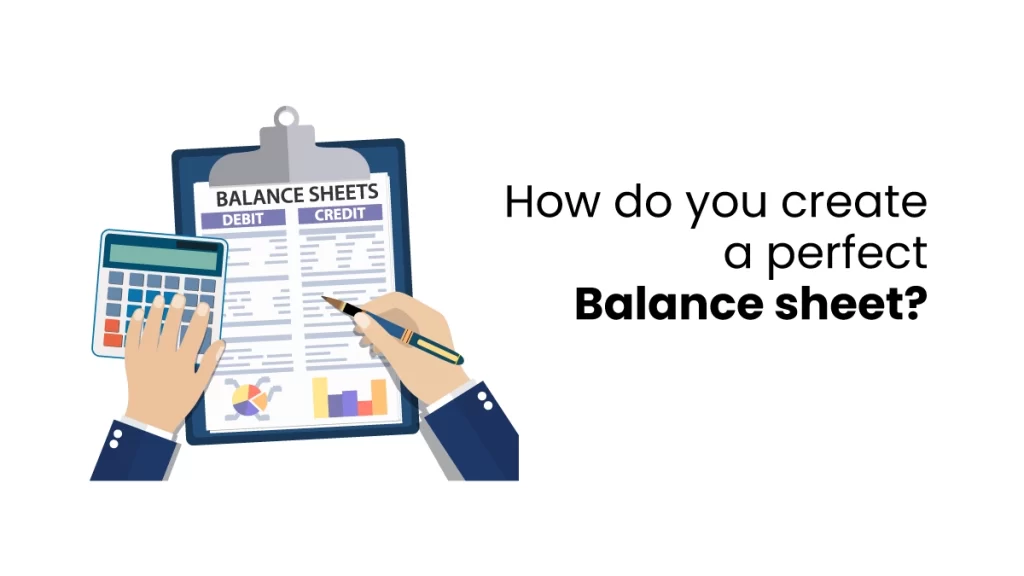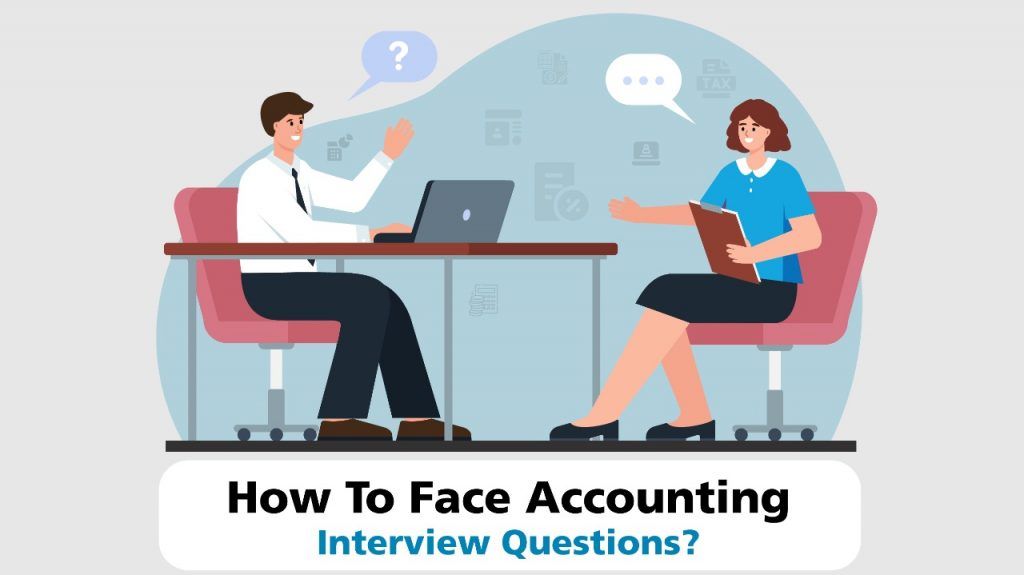A balance sheet tracks a company’s assets and liabilities, clearly showing its financial health.
In simple words, balance sheets help executives and managers make decisions about making proper financial Statements. Knowing how to create balance sheets is very helpful if one works or will work in finance. Developing an appropriate balance sheet for a company requires some knowledge of accounting.
The best way to acquire those skills is by joining accounting professional courses that help you to know about how to handle a balance sheet in a proper way.
What is a Balance Sheet?
A balance sheet is a company financial statement that provides information about the company’s assets and liabilities. A perfect balance sheet is a simple report that shows:
- Assets: What a company owns
- Liabilities: What a company owes
- Owner’s Equity: The company’s value after paying off debts
The balance sheet makes people think about whether to invest in or lend money to a company.
Types of Balance Sheets
Classified Balance Sheet
This classified balance sheet’s creation is the most common type. For easier understanding, it organizes assets, liabilities, and equity into smaller groups.
Common Size Balance Sheet
This type shows the usual information but adds percentages. These percentages help you compare different items and see trends over time.
Comparative Balance Sheet
This type compares a company’s assets, liabilities, and equity over time, helping you see changes and trends.
Vertical Balance Sheet
You should include your under- assets, liabilities, and equity in a single column. You can also list the assets in order of most liquid (quickest to turn into cash).

Importance of Balance Sheets
Every company should determine its finance ratio when creating a balance sheet. A debt-to-equity ratio occurs when a company pays its debt from its equity. On the other hand, the current ratio divides current assets by current liabilities, indicating whether a business is able to pay its debts in the next year.
Steps to Make a Balance Sheet
Certain mistakes can be avoided by creating a balance sheet. Let’s read about the steps for how to create a balance sheet;
1. Set the Reporting Period
The balance sheet mentions the profit and loss of your company along with the detailed report. This is usually the last day of the reporting period, like the end of a quarter. Most businesses do this every three months. Start by setting up two columns on a piece of paper.
2. List Your Assets
Next, list your assets in two categories in the right column. The things that your business owes are known as assets. Separating them into little parts allows you to understand correctly about profit and loss of the company.
Assets are divided into two categories, and you should list them in the right column of your balance sheet:
- Current Assets
Examples: Cash and cash equivalents, inventories, accounts receivable, etc.
- Non-current Assets
Examples: Land, property, plant, equipment, etc.
3. Determine Your Liabilities
List what your business owes in the left column under the liabilities section. Liabilities are classified similarly to assets:
- Current Liabilities: Accounts payable, interest payable, income taxes payable, bills payable, etc.
- Non-Current Liabilities: Bonds payable, long-term notes payable, mortgage payable, capital leases, etc.
4. Determine Shareholders’ Equity
Shareholder equity is the capital raised by selling shares to invest in the company. Small businesses always calculate shareholder equity directly. Things obviously get a bit more complicated for large, publicly traded corporate organizations.
This section of the balance sheet includes:
- Common stock
- Preferred stock
- Treasury stock
- Retained earnings
5. Add Total Shareholder Equity and Total Liability to Compare to Assets
You need to compare total assets with total liabilities plus equity to ensure the balance sheet balances. Use this simple formula:
Total Liabilities + Total Shareholders’ Equity = Total Assets
If balance sheet creation does not reconcile, that is okay. It just takes a little extra time to identify the problems, make changes, and correct them. To keep cash flow smooth in your business, create a clear balance sheet showing what you own and owe. To further understand, consider accounting courses online which will be the best option that helps you to acquire more knowledge in the accounting sector as well as helps to create better career opportunities.





